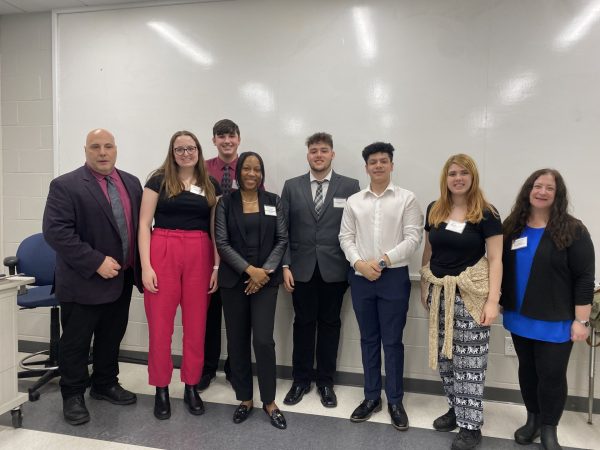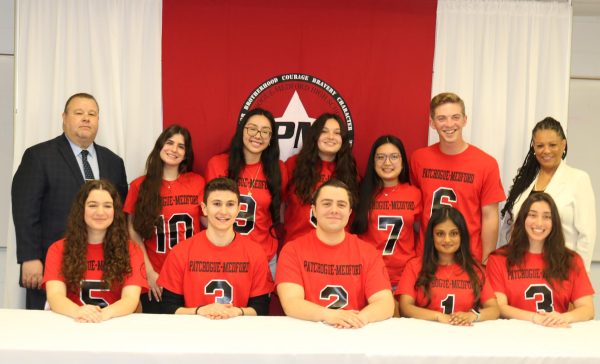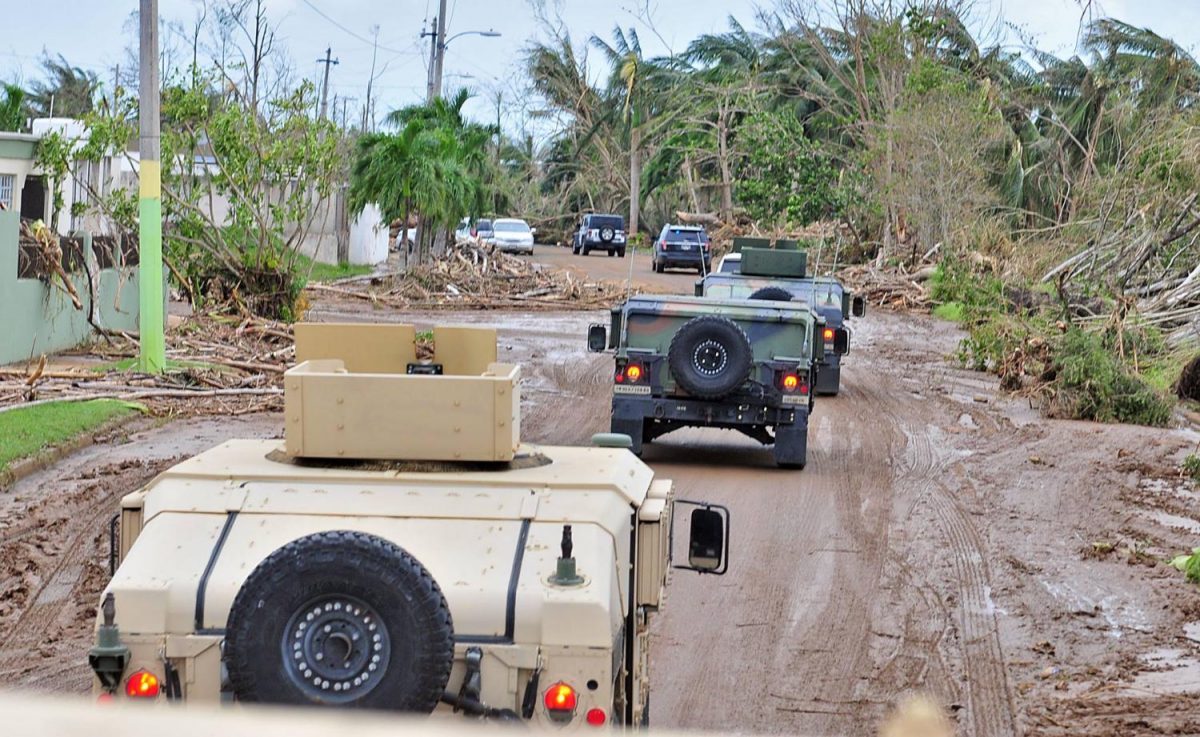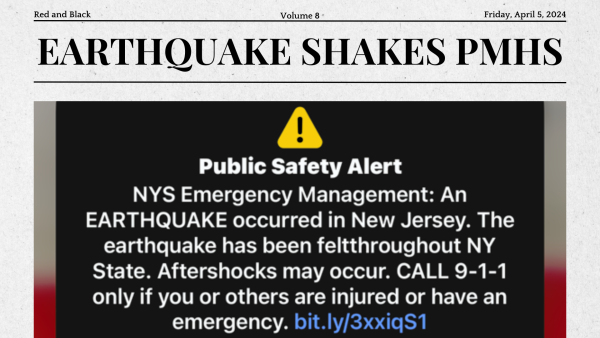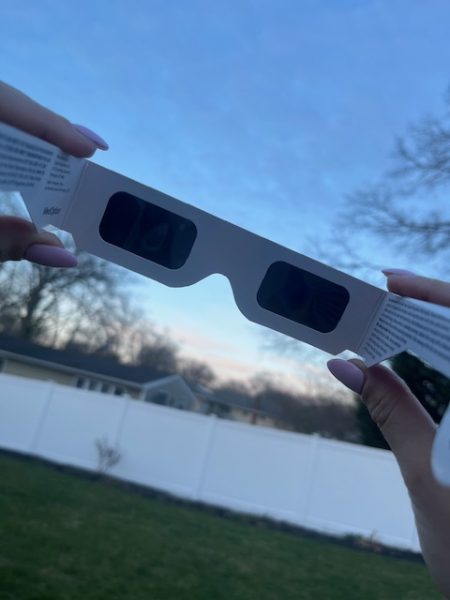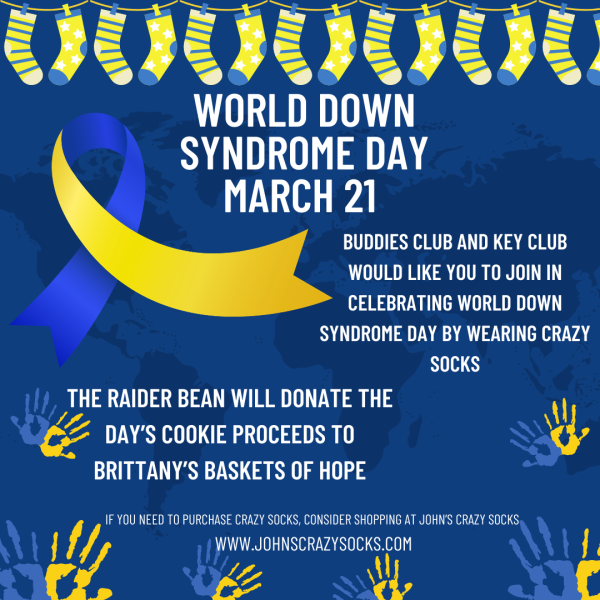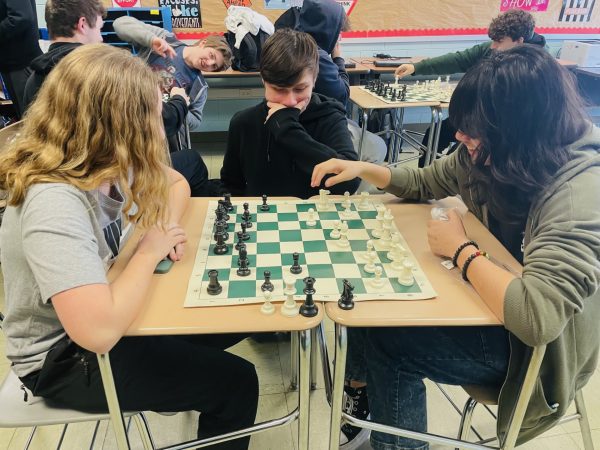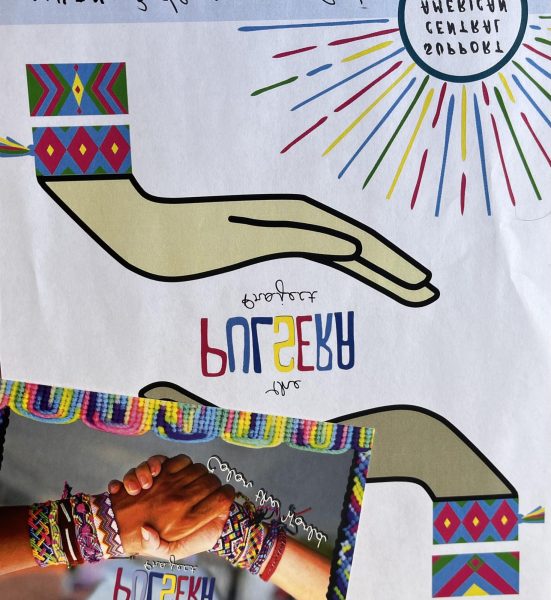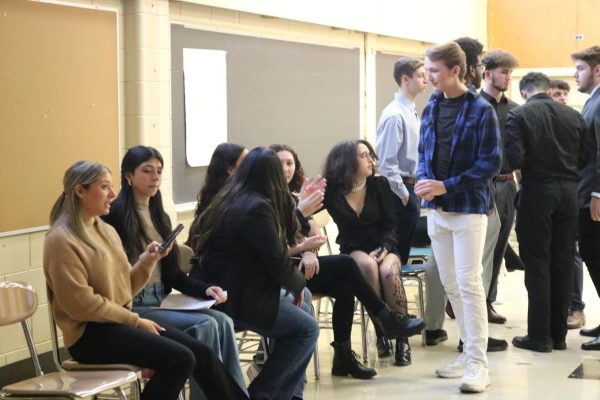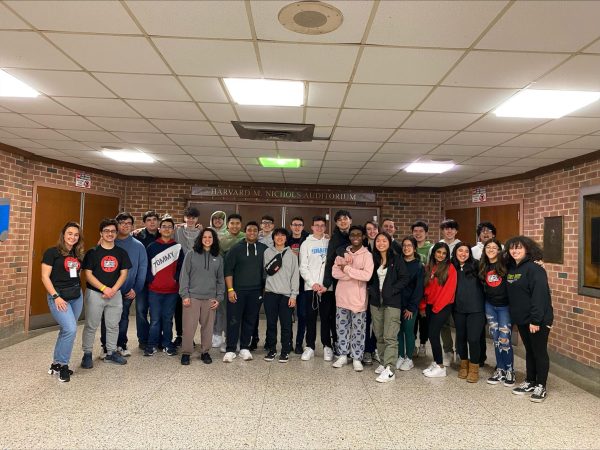Devastation in Puerto Rico
Photo by Flickr Creative Commons
The PR National Guard drives through some of the devastated areas of remote villages after Hurricane Maria tore through the island.
Hit, then hit again – two of the strongest hurricanes seen in decades all within a matter of weeks. An entire nation without power. Dozens dead, and thousands without homes. Complete destruction, ravaging a small Caribbean island by the name of Puerto Rico.
This may seem like the introduction of the next New York Times bestselling dystopian novel, but the unfortunate reality is that this is no fiction. Puerto Rico was first hit by Hurricane Irma in the beginning of September. This monstrosity smashed the island with 30 foot waves, 111 mph winds, causing an estimated $1 billion in damages and leaving more than 1 million people without power. Two weeks later, Category 4 Hurricane Maria made landfall with even more force. At this point in time, 80,000 people were still without power from the previous storm. After Maria, the entire power grid of Puerto Rico was knocked out leaving all 3.4 million residents of the island without power and over 95% of all cell networks down.
Many see the passing of the hurricanes as “the light at the end of the tunnel”, but this could not be more wrong. San Juan Mayor, Carmer Yulí Cruz estimates that some areas will remain out of power for upwards of 6 months. This is not only an issue for individual citizens, but a massive hit on their economy, as no modern nation can function properly without constant electricity. Keep in mind, this is on top of the estimated 80% of the territory’s agricultural crop value that was directly destroyed by the storm. Due to the complete failure of the power grid, there is little to no communication, in, out, or throughout the island. In conjunction with this lack of communication, it is nearly impossible to transport necessities and help to the most affected and most isolated areas. There have been many reports of lack of gasoline, clean water, and even medical supplies. In Juncos, a small mountain village, the people are fearing for their lives as prescription drugs are slowly going out of stock and insulin for diabetics cannot be refrigerated. In response to this dire time, officials have implemented a nighttime curfew in Puerto Rico. Despite this, there has been various accounts of looting and ransacking of stores.
Perhaps the most imminent threats are the damaged dams throughout the island. The most dangerous one at the moment is the Guajataca Dam in the northwest corner of the island. This structure is currently releasing water and is suffering what is called “critical infrastructure failure”. If the dam were to collapse, the massive floodwaters that would rise is estimated to impact approximately 70,000 people. Residents below the dam were notified to evacuate on Friday, but with a majority of cell service down, authorities had to physically walk from home to home to notify citizens.
All of this is only a taste of what is happening in to our fellow Americans in Puerto Rico. Since the hurricanes, the Trump administration has been criticized for not sending aid to this island territory fast enough despite pleas from the Puerto Rican governor. According to a tweet from Jennifer Bendery, a reporter from the Huffington Post, “Senior Hill aide says WH [White House] expected to send disaster aid request to Congress in 1st/2nd week of Oct for Puerto Rico. That gets ball rolling.” As a result of these grievances as well as bipartisan pressure, the administration has waived regulation on a 100-year-old Jones Act that prohibits foreign-flagged ships from moving goods between U.S. ports in order to send help to Puerto Rico faster. In addition to lifting this law, the U.S. will be sending a another 10 ships to the island in addition to the 16 Navy and Coast Guard ships that are already there.
So how can YOU help? Puerto Rican First Lady Beatriz Rosselló has started an initiative known as United for Puerto Rico, to provide aid and support to hurricane victims in Puerto Rico. You can click on the link to bring you to the website to donate to the cause. Additionally, the Patchogue-Medford High School Key Club is hosting a personal hygiene drive for all victims of the recent hurricanes between Tuesday 9/25 and Friday 10/26. There will be a box in the high school main office to collect items such as soaps, toothpastes, and feminine or baby products. In hard times like these, it is most important to help those in need, in any way we can.

